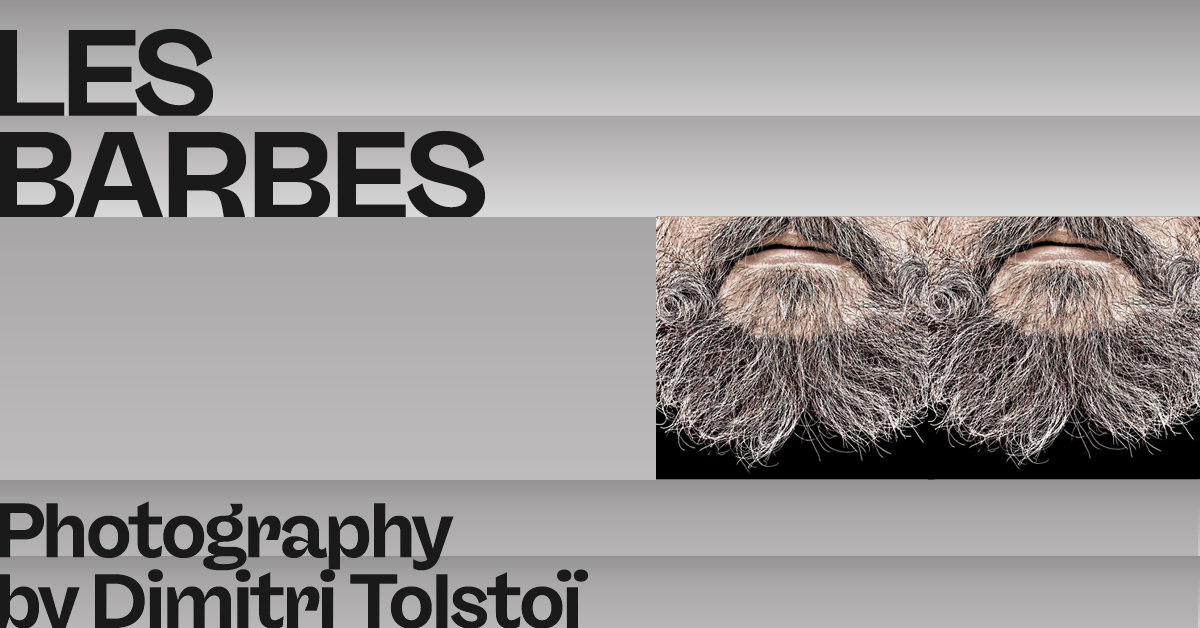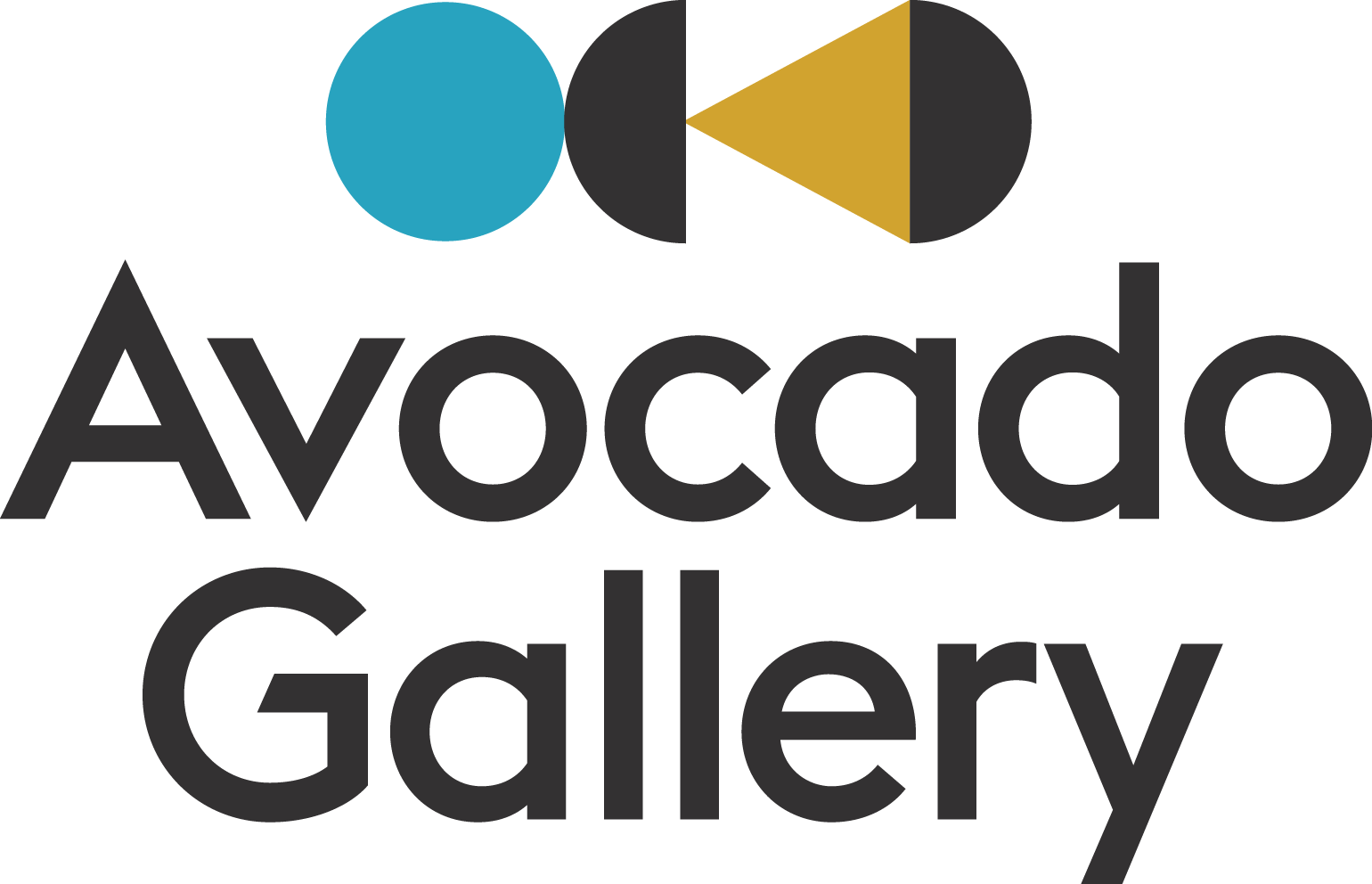DIMITRI TOLSTOÏ
LES BARBES

Virtual Solo Exhibition 28 Dec 2021 until 5 Feb 2022
There are many legends about beards. In prehistoric times, scientists believed that men who had beards were to protect delicate parts of the face from cold temperatures. There have been many beliefs revolving around beards in different periods of human civilization. For instance, during ancient times, beards were not only used to give a unique appearance, but also to help identify men as leaders, warriors, and nobles. The beard was also considered a symbol of wisdom and strength.
Having Beard was common among artists: Beards and mustaches have been a source of inspiration during different decades. We can list world-famous artists, whose works depict the beard such as Michelangelo, Leonardo da Vinci, Vincent Van Gogh, etc. Definitely, in the modern world, the beard is still considered fashionable, it continues its “innocent” function to give mysterious charm to men while giving them confidence and an elegant appearance. But the question arises if we can define people who have beards?
Are they artists, politicians, poets, musicians, or just men who want to look fashionable?
Large-scale photographs of Dimitri Tolstoï give space to rethink the presence of beards on men’s faces. The specific close up of the photographs seem to strain the eye, focusing on the details which are usually unnoticed in everyday life. As Dimitri Tolstoï describes “They allow you to see what people do not see when they see a mustached or bearded man up close.”
The photos uncover men of different nationalities. The photographer managed to draw the viewer’s attention to the color, shade while using a specific zoom on these men’s faces, which usually would not draw any specific attention if not highlighting them as independent features of the face. Here, the photographer aims to distract the viewer from the beard for a moment, while creating a relationship between the “color” of the lens of the eye, to notice the different shades of gray, white, gold, without any help of a magnifying glass. Although depicted from the same angle, all the beards look differently presenting different identities, which provide room for the viewers to wonder about the mysterious characters who have their personal reasons to keep a beard on their face.
LEVON ASLANYAN
CONFLICT & DIALOGUE

Cosmic Elements of Micro-worlds
If humankind were able to appropriate some elements from space, what elements would we choose? And what would they look like? These are questions that the artist Levon Aslanyan poses in his series, “Cosmic Elements of Micro-worlds.” The objects Aslanyan has created are physical embodiments of data derived from intergalactic elements. Given the unbridgeable distance between our planet and other astral entities, Aslanyan has chosen to interpret outer space by using line, color and texture to mold heretofore unknown forms. His artworks invite us to take a closer look at the unknown, by focusing our individual lenses on a set of elements that are strikingly alien and yet somehow familiar.
Urartian Warriors
A new reality has brought with it a new definition of the word “warrior.” The arrow, the bow and the shield have been replaced by aerial contraptions like drones. The traditional role of the soldier has been radically transformed, the battlefield suddenly displaced into cyberspace.
Nowadays, humankind is in a constant state of war—be it economic, informational or cultural—and people have all unintentionally become warriors. Whether we like it or not, we have each become protectors or caretakers, responsible for defending a house, a land, a cultural heritage, a history, a language.
In his series of graphic works “Urartian Warriors,” the artist Levon Aslanyan gives us a pure vision of this soldier with an altered identity. His figures are expressive and yet peaceful, their features noble, their gazes mystical.
Depicted in acute detail and in striking sizes, these characters emerge from the surface of the paper on which they are drawn and play with the viewers’ memory. It seems that these men have always existed in our imaginations.
The works portray idealized soldiers from the inside out; expressionist brushstrokes and sharp lines render their faces indelible and drive the weapons they carry and the armor they wear into the background.
Aslanyan has chosen to focus on the inner peace and purity of a warrior who has overcome his fears—in stark contrast to the fragility and vulnerability of those of us quotidian ‘warriors’ who have not.

